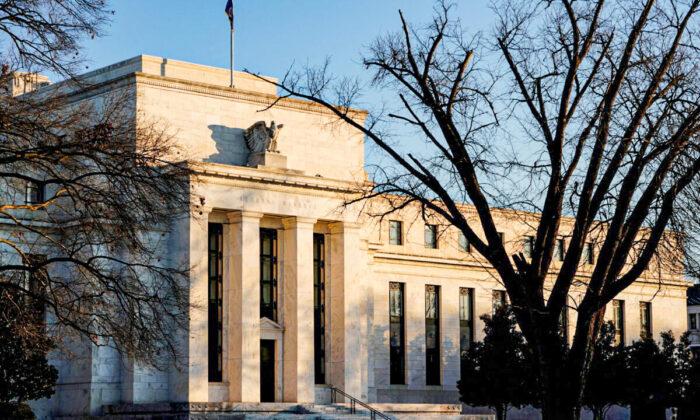On Sept. 22, Federal Reserve Chair Jerome Powell suggested during the Federal Open Market Committee (FOMC) press conference that the FOMC board was very close to tapering its purchases of Treasury and mortgage-backed securities. Initially, bond prices rallied on the news, then were slammed lower over the following two days as investors changed their view on how a balance sheet taper might affect bond prices.
Investors now fear that without the Fed’s intervention in the bond market, that Treasury yields can and only must go higher. The conviction among investors that rates must go higher is the strongest it has been in the past 40 years.
It’s now a foregone conclusion that after a 40-year secular decline in Treasury yields, we are on the cusp of a 40-year secular rise in interest rates. Much of this view has to do with a large amount of government debt and the persistently rising deficits.
It has been long believed by Americans that one day the United States will be forced to pay higher interest rates for its reckless spending. Yet, as the amount of government debt rises, peculiarly, Treasury yields continue to fall.
It’s not coincidental there’s a relationship between the total amount of government debt and Treasury yields. The reason Treasury yields continue to fall as the government debt rises is due to the negative impact government debt has on the broad economy.
Excessive government borrowing crowds out the private sector, which is responsible for the creation of new money. Money is created by the commercial banking system when the private sector borrows money. Money is not created when the government borrows money, as it borrows from the existing supply of global dollars.
The reason interest rates fall as the total amount of government debt rises is to entice the private sector into borrowing more money. With the government expected to run even larger deficits and take on even more debt, they are going to further crowd out the shrinking private sector.
A shrinking private sector will need interest rates to fall even lower to spur credit creation. With credit growth of all loans in leases at commercial banks in contraction on a year-over-year basis, it suggests interest rates are currently too high. When interest rates are too high, it can cause financial conditions to tighten.
The more likely outcome of tighter financial conditions is the Fed will end up doing more quantitative easing as the economy rolls back over into a double-dip recession. Without ongoing fiscal support, the economy is more likely to contract under tight financial conditions in the months and quarters to come.
The fear that Treasury yields must rise without the Fed’s support is completely untrue. There’s no historical evidence to suggest without ongoing quantitative easing that Treasury yields must rise. As long as Congress is committed to running persistently larger deficits, Treasury yields will continue their secular decline, regardless of whether the Fed is engaging in quantitative easing or not.





